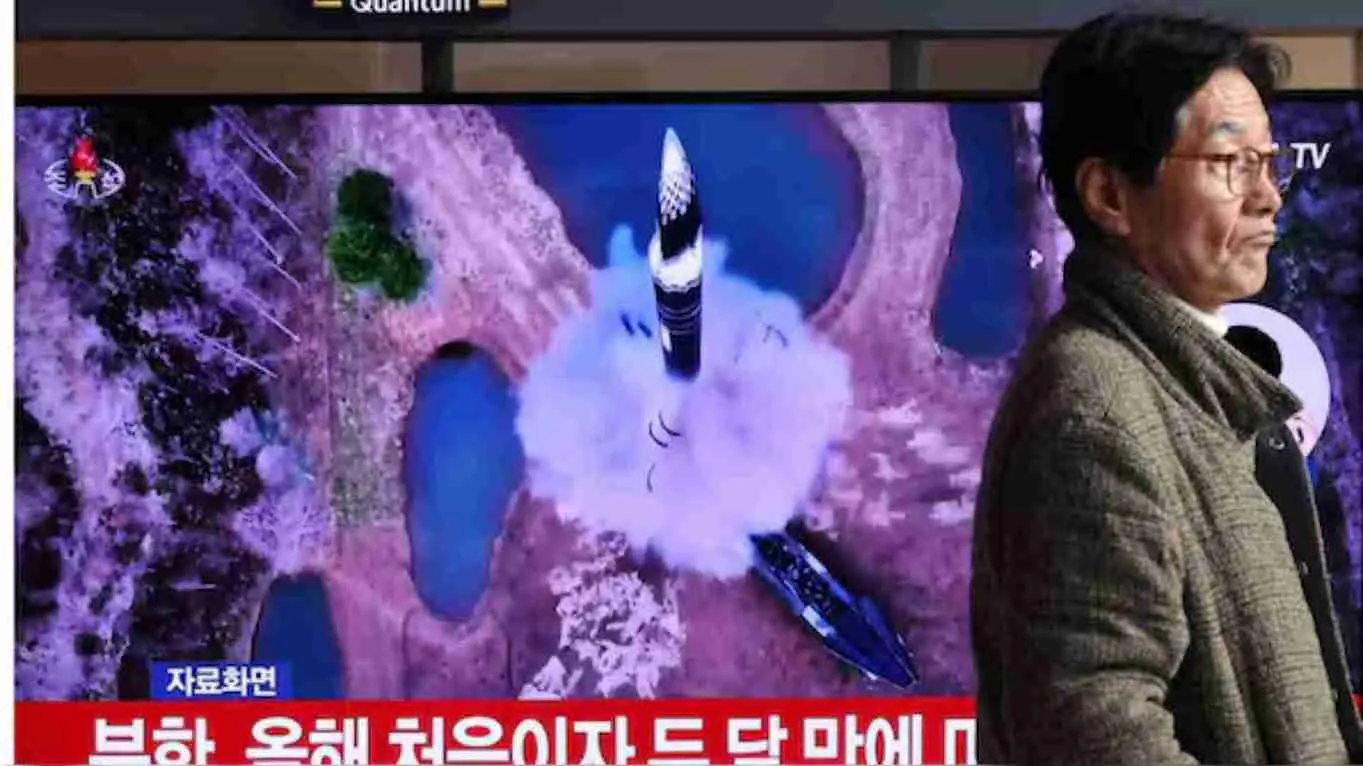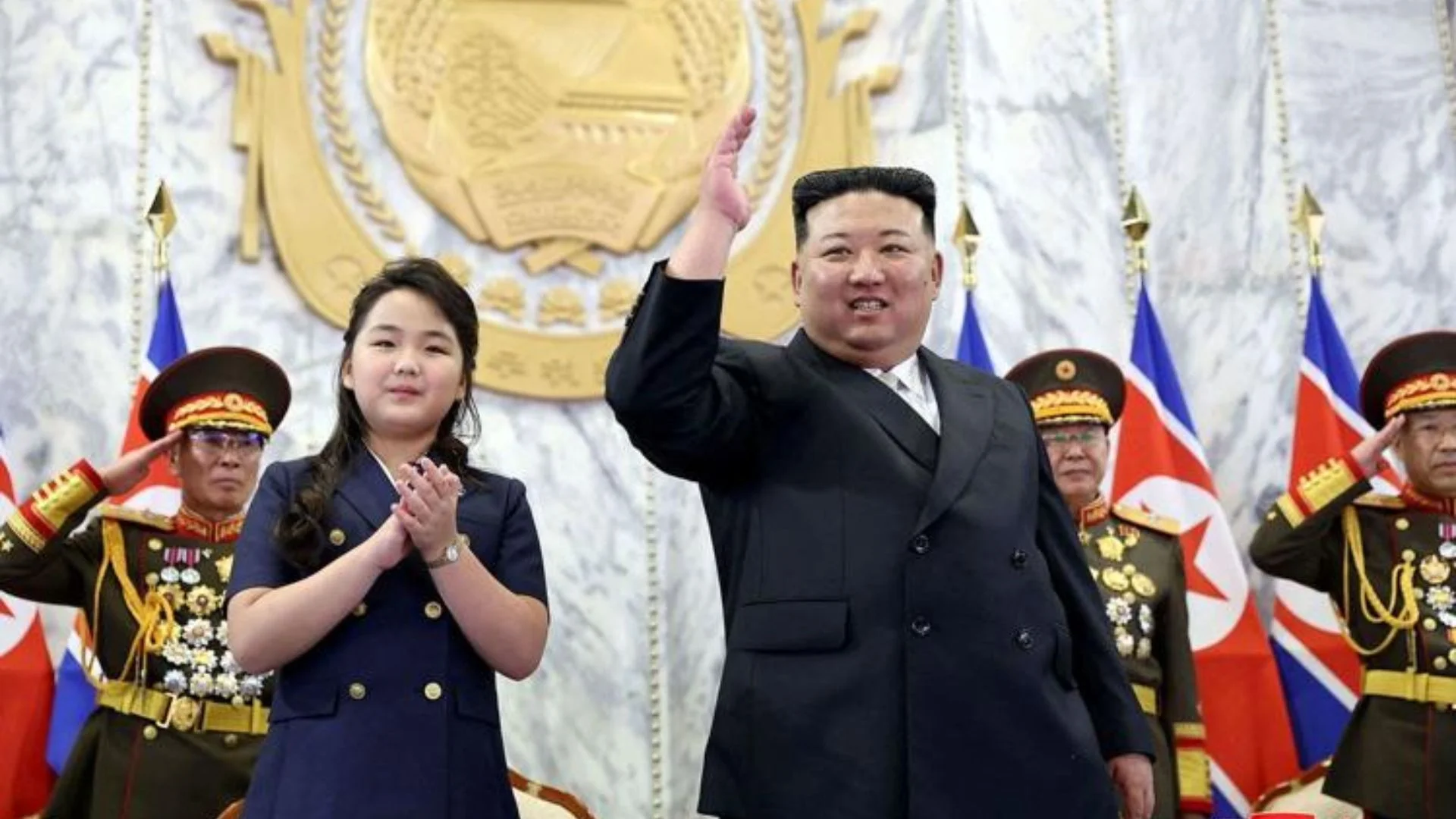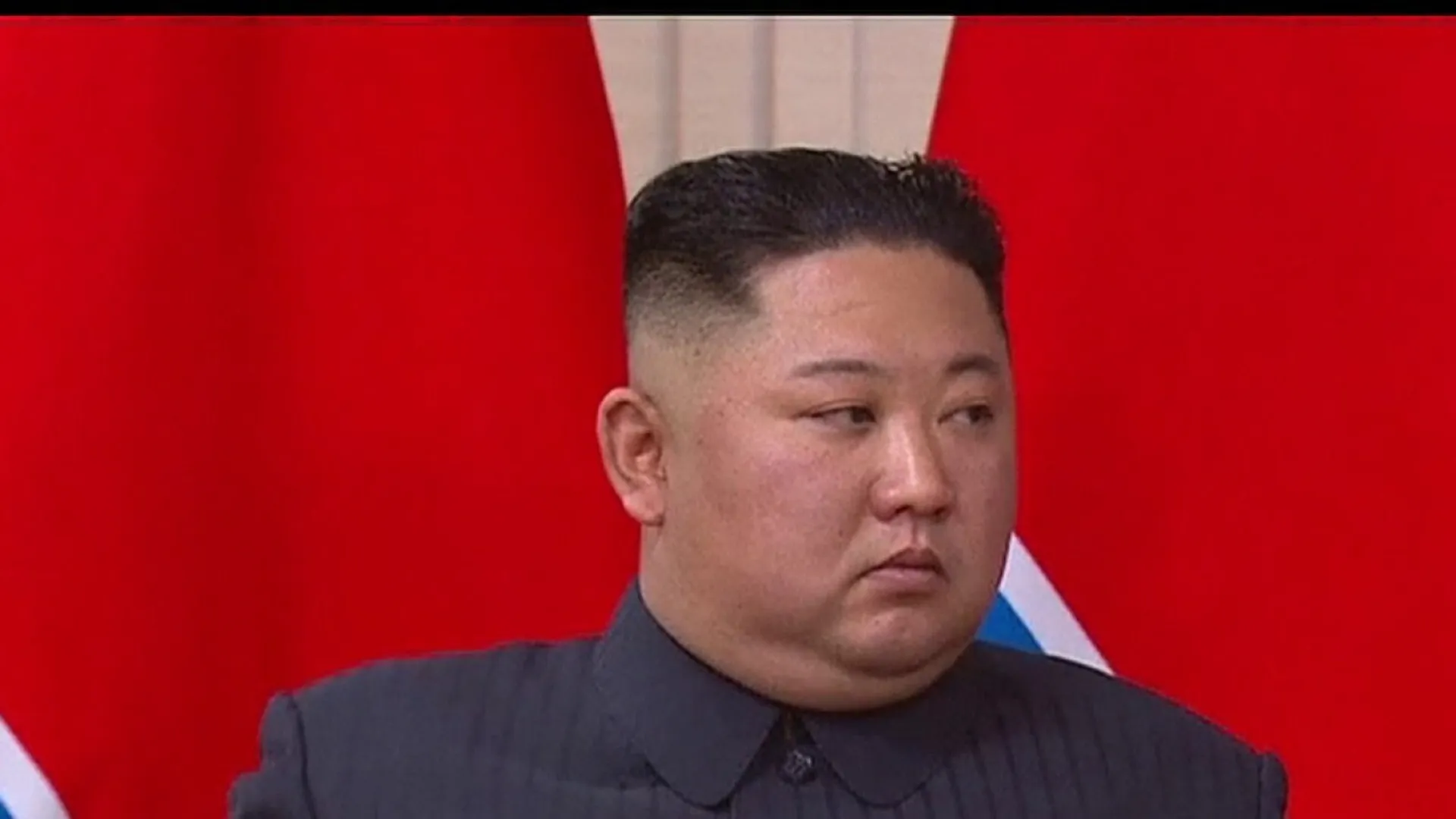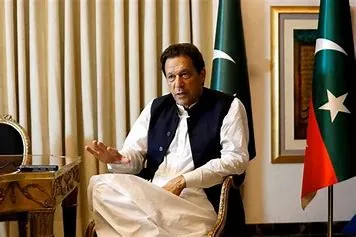Iran’s Supreme Leader, Ayatollah Ali Khamenei, delivered his first Friday sermon in nearly five years at the historic Imam Khomeini Mosque, where he stated that Israel “won’t last long” and justified Iran’s strikes on Tel Aviv. The significance of Khamenei addressing the crowd from this mosque, a symbol of the 1979 Islamic Revolution, was evident.
The Imam Khomeini Mosque, formerly known as the Shah Mosque, is one of Iran’s most iconic architectural structures, located in central Tehran. Built in the 18th century during the reign of Fath-Ali Shah Qajar, it stands as a relic from the Qajar era.
However, beyond its historical architecture, the mosque, surrounded by Tehran’s Grand Bazaar, holds great symbolic value as a center of resistance. It was a focal point for opposition movements that eventually led to the fall of Shah Mohammad Reza Pahlavi and the formation of the Islamic Republic under Ayatollah Ruhollah Khomeini.
Significance of Imam Khomeini (Shah) Mosque
Before the 1979 revolution, Iran was ruled by Shah Mohammad Reza Pahlavi, who enjoyed Western and U.S. support. However, his popularity dwindled following the launch of the ‘White Revolution’ in 1963, a reform program that included granting women the right to vote.
While some praised these reforms, many Islamic leaders saw them as steps toward the “westernisation” of Iran. Led by Shiite cleric Ruhollah Khomeini, and supported by figures like Ayatollah Ali Khamenei, this group called for the Shah’s removal.
Khomeini was exiled in 1964, settling in Iraq, while Khamenei was actively involved in anti-Shah protests and faced imprisonment several times.
The mosque became a vital center for organizing strikes and protests as economic issues and public dissatisfaction with the Shah grew. Its strategic position in the heart of Tehran made it a natural hub for Islamic scholars, students, and activists.
The sermons at the mosque combined religious teachings with political opposition to the Shah, creating a powerful message that resonated with many Iranians. Khomeini’s messages, smuggled into the country, were also shared at the mosque, helping to keep his supporters energized despite government repression.
Additionally, the mosque served as a coordination point for various opposition groups, bringing them together under the cause of Islamic nationalism. Following the Shah’s ouster in 1979, the mosque was renamed the Imam Khomeini Mosque.
Today, the Imam Khomeini Mosque remains a key location for religious and political events, as evidenced by the large turnout during Ayatollah Khamenei’s rare Friday sermon. It continues to be a site where the revolution’s martyrs are honored and where significant gatherings take place.





















